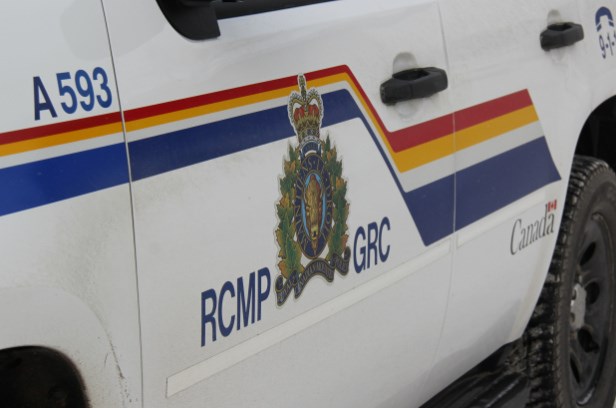When Statistics Canada released the crime severity index statistics for 2016, in July 2017, it showed there was more serious crime in Yorkton for the second straight year.
The Yorkton numbers showed an increase of 10 per cent in the crime severity index, going from 135.14 to 149.47.
The majority of that increase was due to a jump in violent crime, which increased 34.70 per cent, going from 143.35 to 193.09. Non-violent crime remained steady, with a one per cent increase, from 131.88 to 133.28. It was the second straight year of CSI increases in the city.
These are now rather old numbers, but they are again creating something of a buzz locally thanks to a rehashing of the data in a recent MacLean’s magazine article about Canada’s most dangerous places in 2018.
The piece posted online has Yorkton sitting 13th on a list, with North Battleford in the unenviable position of top spot, and Prince Albert slotted in at number three.
Not surprisingly in an era of social media overload the article provoked some emotions locally, understandable until you consider the data is two years out of date.
The numbers are so far behind us that when Yorkton This Week contacted the local RCMP detachment on the matter Monday, the response was that it was an old report, not reflective of the current numbers, and not something to comment on.
The RCMP are correct in that approach to the situation.
There is no denying the Statistics Canada numbers from 2016 were discouraging both locally and in Saskatchewan, with three cities so high on the crime list. But those numbers are now two years in the past.
Looking at the most recent batch of numbers, released by Statistics Canada in July, it actually looks relatively good for Saskatchewan. In the province as a whole, the crime rate is down by six per cent, with the crime severity index sitting at 140.51. This is still the highest number among the provinces, but it’s a trend in the right direction. It’s also the opposite of the national trend, which saw an increase of 1.9 per cent.
While it’s difficult to see how cities rank individually, as the current data is organized by department and many small cities, like Yorkton, split their RCMP between rural and municipal detachments, signs are positive for the city. The Yorkton Municipal RCMP Detachment reported a drop of 11 per cent, going from 152.14 to 134.92. This is also a lower rate than 2015. The Yorkton Rural RCMP Detachment also reported a much lower rate, with a drop from 68.49 to 54.77, a drop of 20 per cent. Again, this is lower than 2015 and is in fact nearly the same rate as 2014, which is the lowest year on record for the rural detachment.
Delegates to the East Central Region meeting of the Saskatchewan Urban Municipalities Association in Yorkton in late September were given some first-hand insight into new policing initiatives for rural areas when RCMP Assistant Commissioner Curtis Zablocki, Commander “F” Division gave a presentation on Policing and Community Safety in the city.
For example, two Crime Reduction Teams have been established to focus on identifying repeat offenders and dealing specifically with problem hotspots, said Zablocki. The teams will be based in Prince Albert and North Battleford, but can be deployed elsewhere if a local need arises. It is not a coincidence where the teams are based, given the 2016 numbers.
Conservation Officers and Saskatchewan Highway Patrol can now be called upon as first responders to criminal code calls when those officers are closer than the RCMP, said Zablocki.
So it’s not like the system is not being adjusted to address the disturbing numbers.
There is still plenty of work to do when it comes to crime in Saskatchewan, even with much lower numbers the province remains much higher than the rest of Canada. But progress is being made, and that progress is not being reflected in the outdated MacLean’s report.




